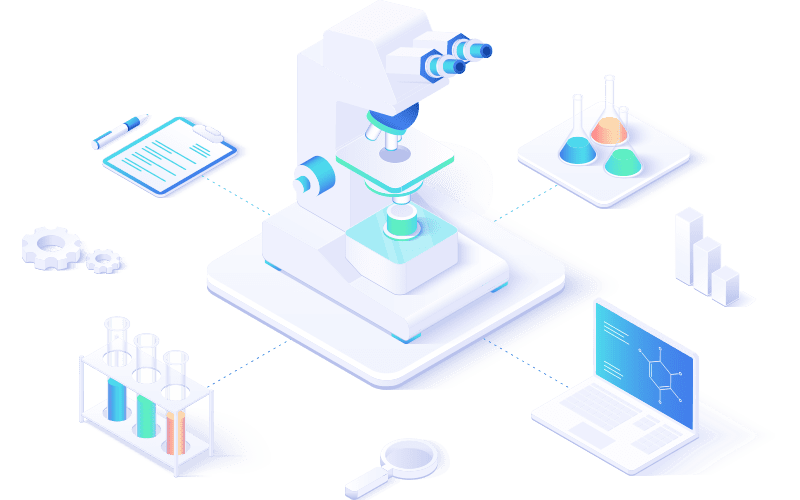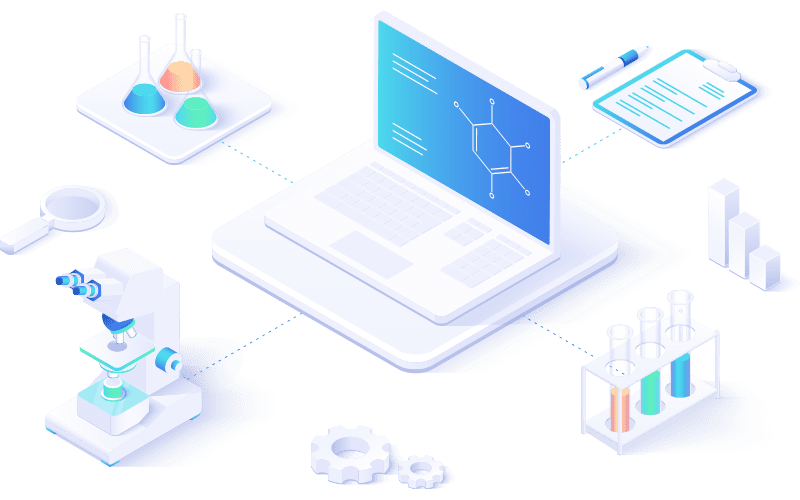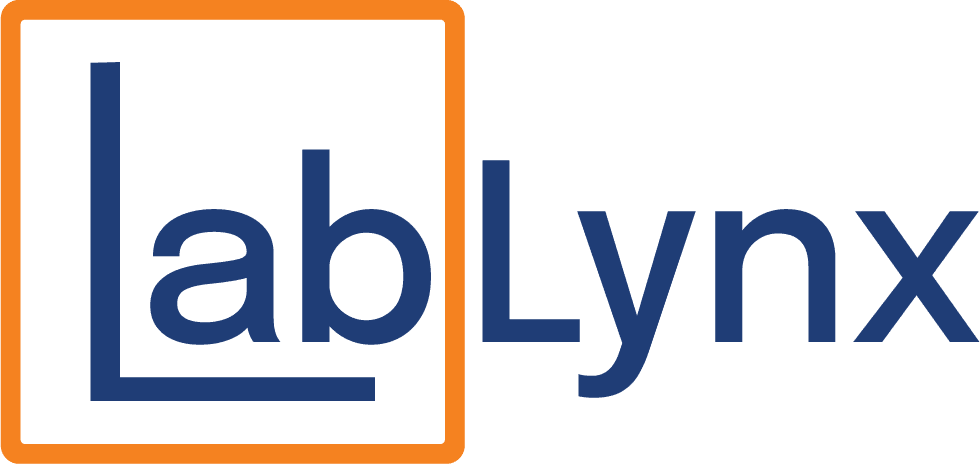
The High Cost of Slow — Why Speed is Today’s Competitive Edge
In modern laboratories, speed is currency. Whether serving pharmaceutical R&D timelines, QC batch releases, or high-volume diagnostic testing, the rate at which data moves defines profitability, scientific impact, and competitive relevance. Yet, too many labs remain stuck in time, relying on disconnected spreadsheets, manual data transfers, and approval queues that stretch hours into days.
The consequence is not just inefficiency but lost opportunity. Each hour of delay in test turnaround can mean postponed product launches, patient care disruptions, or missed revenue. In regulated and commercial testing environments, every minute counts toward operational excellence, financial return, and scientific momentum.
Digital transformation has shifted from being an aspiration to an operational necessity. Laboratories that have embraced Laboratory Information Management Systems (LIMS) and integrated digital workflows are now measuring gains not only in speed but in accuracy, compliance, and profit margin.
The Hidden Drag: Identifying the Top 3 Laboratory Bottlenecks
Even advanced scientific environments face persistent slowdowns. Recognizing and addressing these barriers is the first step toward achieving true laboratory throughput.
1. Manual Data Entry and Redundant Paperwork
Manual transcription remains one of the greatest bottlenecks in labs. From handwritten sample logs to spreadsheet-based reporting, these outdated processes waste hours of skilled labor and introduce data integrity risks. A single transcription error can cascade through QC systems, triggering costly retests and compliance concerns.
2. Instrument Integration Gaps
Most instruments generate valuable digital data, but when those data streams do not feed automatically into a centralized system, productivity suffers. Non-integrated instruments force technicians to export, clean, and re-enter data manually. This disconnect slows turnaround time (TAT) and prevents managers from having real-time visibility into sample progress or equipment utilization.
3. Approval and Reporting Delays
The final stage of testing, review and release, often suffers from fragmented workflows and email-based approval loops. Without automated routing, electronic signatures, and configurable alerts, reports can sit idle for hours or days, delaying delivery to clients or internal stakeholders.
The Software Accelerator: How LIMS Automates and Optimizes Core Workflows
Modern LIMS platforms serve as the engine of laboratory velocity. They eliminate repetitive manual work, ensure seamless data flow, and empower real-time decision-making while maintaining full compliance and traceability.
1. Automated Sample Tracking and Scheduling
LIMS platforms automate sample registration, labeling, and tracking from receipt through final report. Smart scheduling engines allocate resources based on instrument availability and staff workload, ensuring optimal throughput and balanced utilization.
2. Real-Time Data Integration
By connecting instruments directly to the LIMS through secure APIs or middleware, data is captured and validated automatically. This eliminates transcription delays while ensuring complete data integrity, audit trails, and compliance with ISO and FDA standards.
3. Digital Review and Automated Reporting
Built-in approval workflows route results to authorized reviewers, apply configurable business rules, and generate standardized reports in minutes. Laboratories can release validated results faster, improving client satisfaction and reducing operational backlogs.
4. Continuous Monitoring and KPI Dashboards
Leading LIMS platforms include analytics dashboards that visualize key metrics such as TAT, pending samples, and error rates. This enables proactive bottleneck management and data-driven decisions that sustain high throughput.
Beyond the Bench: Quantifiable Benefits of Lab Speed
Accelerating laboratory operations delivers value far beyond faster results. Speed is a leading indicator of financial health, compliance resilience, and scientific innovation.
1. Financial ROI and Capacity Expansion
When testing throughput increases, revenue follows. A lab processing 25 percent more samples per day without additional staffing realizes a direct increase in profit margin. The automation provided by a LIMS transforms time into billable output, which is essential for commercial labs operating under tight margins.
2. Enhanced Compliance and Data Integrity
Faster workflows are not only efficient but also safer. Automated data capture and validation ensure regulatory compliance under frameworks such as FDA 21 CFR Part 11, ISO/IEC 17025, and GLP. Reduced manual handling directly translates into fewer audit findings and deviations.
3. Improved Customer Satisfaction and Retention
For contract testing laboratories, turnaround time is often the top differentiator. Delivering results hours or even days faster than competitors builds client trust and repeat business. In internal QC environments, faster release cycles accelerate production timelines and market delivery.
Achieving the Speed Equation: How LabLynx Transforms Operations
When it comes to accelerating laboratory performance, LabLynx delivers a proven framework for speed, precision, and scalability. Its next-generation LIMS and ELN solutions are engineered to eliminate bottlenecks, unify data across instruments and departments, and enable laboratories to achieve measurable improvements in turnaround time (TAT) and throughput.
Modular Architecture and Rapid Deployment
LabLynx’s modular platform empowers organizations to implement what they need today and expand seamlessly as their operations grow. From core sample management to ELN, QA/QC, inventory, and instrument maintenance, each module integrates within a unified ecosystem. This flexibility ensures rapid deployment, reduced implementation overhead, and immediate gains in lab efficiency.
Seamless Instrument and System Integration
LabLynx offers a comprehensive integration framework that connects analytical instruments, ERP systems, and even CRM platforms. Automated data capture eliminates the lag between testing and reporting, while centralized dashboards provide real-time visibility from the bench to the business layer. This connectivity enables labs to operate at the speed of modern science while maintaining complete data integrity.
Configurable Workflow Automation
With LabLynx workflow automation, laboratories can digitize approvals, alerts, and reporting with full traceability. Built-in analytics display real-time performance metrics such as throughput, backlog, and TAT, empowering leadership teams to make informed adjustments that sustain high performance across all operational areas.
Accelerating a QC Laboratory
A pharmaceutical QC lab processing stability samples averaged a 48-hour reporting turnaround due to manual approvals and disconnected instruments. After implementing a modern LIMS solution:
- Instrument data flowed automatically into the system, reducing manual entry time by 70 percent.
- Digital review workflows shortened approval queues from hours to minutes.
- Automated reporting generated client-ready PDFs instantly upon final sign-off.
The result: Turnaround time dropped from 48 hours to 4 hours, throughput increased by 35 percent, and the lab recouped its software investment within six months through expanded capacity and reduced overtime.
This transformation demonstrates the direct link between digital acceleration and measurable ROI, where speed becomes both a performance metric and a profit driver.
Maintaining Momentum: Building a Culture of Continuous Acceleration
Achieving laboratory speed is not a one-time project but a continuous pursuit of operational excellence. Sustained velocity requires a blend of smart technology, disciplined process management, and empowered staff.
Practical Strategies for Sustained Lab Efficiency
- Monitor TAT Metrics in Real Time: Use dashboards to identify emerging bottlenecks daily rather than quarterly.
- Automate Repetitive Workflows: Revisit manual review steps and approval loops that can be digitized.
- Integrate Across Departments: Link LIMS with ERP, CRM, and inventory systems for full process visibility.
- Invest in Training and Change Management: Technology accelerates labs only when teams adopt it fully and consistently.
- Commit to Continuous Improvement: Regularly benchmark throughput and data integrity KPIs to measure progress.
Conclusion: The Speed Advantage is the Competitive Advantage
In the modern laboratory economy, speed defines success. Through automation, integration, and analytics, LIMS platforms transform time from a cost center into a competitive advantage.
Laboratories that embrace digital transformation not only deliver results faster but also improve accuracy, strengthen compliance, and unlock the capacity for greater scientific discovery.
For organizations seeking to move from incremental improvement to exponential acceleration, modern LIMS solutions such as those from LabLynx provide the platform, flexibility, and vision to make it possible. The path to operational excellence begins with one decision: choose speed.
Accelerate Your Lab's Success & Experience LabLynx
"*" indicates required fields
Explore the LabLynx Suites

LIMS Suite
Seamless Sample and Workflow Management
The LabLynx LIMS Suite empowers laboratories with the tools needed to manage samples, workflows, compliance, and more in one centralized system. It’s the backbone for labs seeking efficient, reliable, and scalable management solutions.

ELN Suite
The LabLynx ELN Suite offers a modern approach to managing lab data and experiments. With its secure, intuitive platform, your team can record, store, and collaborate effortlessly, supporting innovation every step of the way.

Lab Automation
Automate for Efficiency and Growth
Streamline operations and boost productivity with the LabLynx Lab Automation Suite. Designed for labs ready to embrace advanced automation, this suite integrates systems, instruments, and workflows to deliver efficiency at scale.

